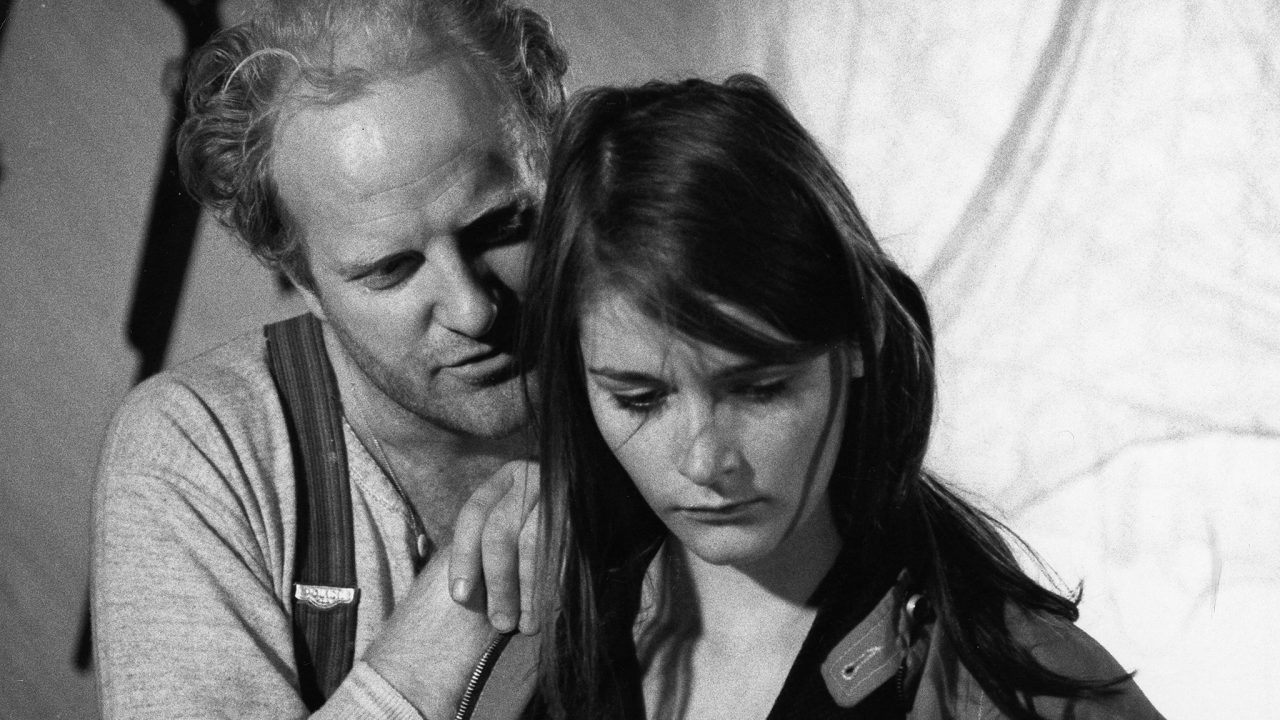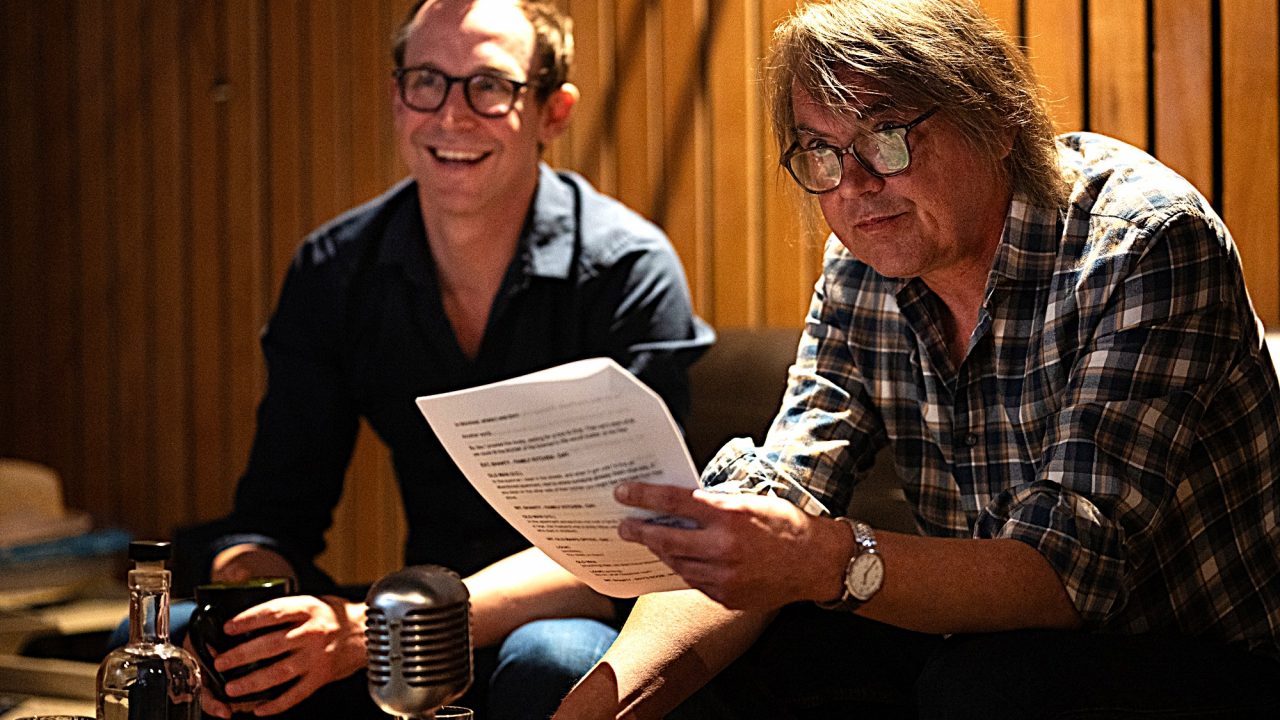
The Film That Launched Margot Kidder’s Career | Curator’s Perspective
The Film That Launched Margot Kidder’s Career | Curator’s Perspective
Canada lost Margot Kidder a little more than a year ago. She would have turned 71 on October 17, 2019. In honour of this great Canadian actress, I thought I would write a post on her first–ever film, The Best Damn Fiddler from Calabogie to Kaladar (1968), an award–winning drama that she made at the NFB.
The story of this film has its roots in the NFB’s Challenge for Change documentary series, which was just getting started and was to deal with the issue of fighting poverty in Canada. The screenplay for Best Damn Fiddler was written by Joan Finnigan as a drama, telling a story about poverty in the Ottawa Valley, and the film was intended to be part of the series. However, the various agencies that were participating in Challenge for Change felt that a fiction film did not meet the requirements of the program and rejected this film project altogether.
The NFB then approached the CBC, which was very interested in showing the film as part of its Festival TV series, a regular time slot reserved for quality drama or musical programming. The film was cast and production began in the area around Renfrew, Ontario, on October 17, 1967 (coincidently, Margot Kidder’s 19th birthday!). Director Peter Pearson assembled a veteran cast that included acclaimed actors Kate Reid and Chris Wiggins as the impoverished parents of nine children living in difficult conditions. Kidder, who was getting her start on Canadian television at the time, was cast in the role of their 16-year-old daughter, who was not happy with the life she was born into.
The story focuses on a proud man who refuses help from anyone, telling everyone around him that they will manage somehow. The relationship between this man and his daughter is what drives the film. When she brings up the notion of getting help from their kind social worker, he simply tells her that the only thing she needs to worry about is finding herself a good man to marry. Our young heroine isn’t interested in accepting this fate. She wants to improve her life and escape the “prison” her mother is living in; a yearly pregnancy and a life of grinding poverty.
This film does not sugarcoat the issues. Its gritty, realistic portrayal of poverty pulls no punches, but it is absolutely worth your time. Margot Kidder dazzles in her screen debut. She plays a feisty, strong-willed young woman who, although she faces great odds, has the courage to change her life for the better. Kidder’s scenes with Chris Wiggins are very well played.
When the film was finished, the CBC programmed it to be shown as part of Festival in mid–1968. For some unknown reason, they then bumped it off the schedule, and a new broadcast date was set for August 20. The NFB started to heavily publicize the upcoming broadcast, only to have the film pre-empted when the USSR invaded Czechoslovakia on that date. The CBC carried the news of this invasion live, and as a result the film would have to wait yet again to be seen.
It wasn’t until March 19, 1969, that Best Damn Fiddler would be broadcast on the entire CBC network as part of the Festival series. Reviews were, for the most part, excellent. The Ottawa Citizen called it a “quietly brilliant hour of television.” The Toronto Telegram said it was a “robust, gutsy and immensely human story…” There were, however, a few dissenting voices. Some people were unhappy with the unflinching portrait of poverty and considered the film a disappointment. Most critics singled out Margot Kidder’s performance, saying that she was destined for great things.
The Best Damn Fiddler from Calabogie to Kaladar, Peter Pearson, provided by the National Film Board of Canada
A few months after the broadcast, Best Damn Fiddler swept the Canadian Film Awards, winning eight in total, including film of the year, best screenplay, best director and best actor (Chris Wiggins). Kidder also won the award for Outstanding New Talent, for her performance in a television series that had been made before the film. Her next appearance was in the Norman Jewison film Gaily, Gaily (1969), the first of her many Hollywood roles.
I invite you to watch this landmark in Canadian drama. A film that would launch the career of one of our beloved actresses.




I remember seeing this film in the early 1970s and being quite struck by its poignancy. It is amazing to see how 50 years later it still draws the viewer’s attention. Of course, it is due to the stellar performances of Wiggins and Kidder and Peter Pearson’s talent in bringing the best out of actors. But there is also the fact that the story does not even seem that outdated, because it deals with issues that still ring true now. Oddly enough, whenever Margot Kidder’s name came to my attention, this is always the first film of hers that would come to my mind, however great she has been in other ones. Great way to celebrate the memory of this great performer!